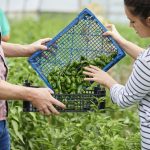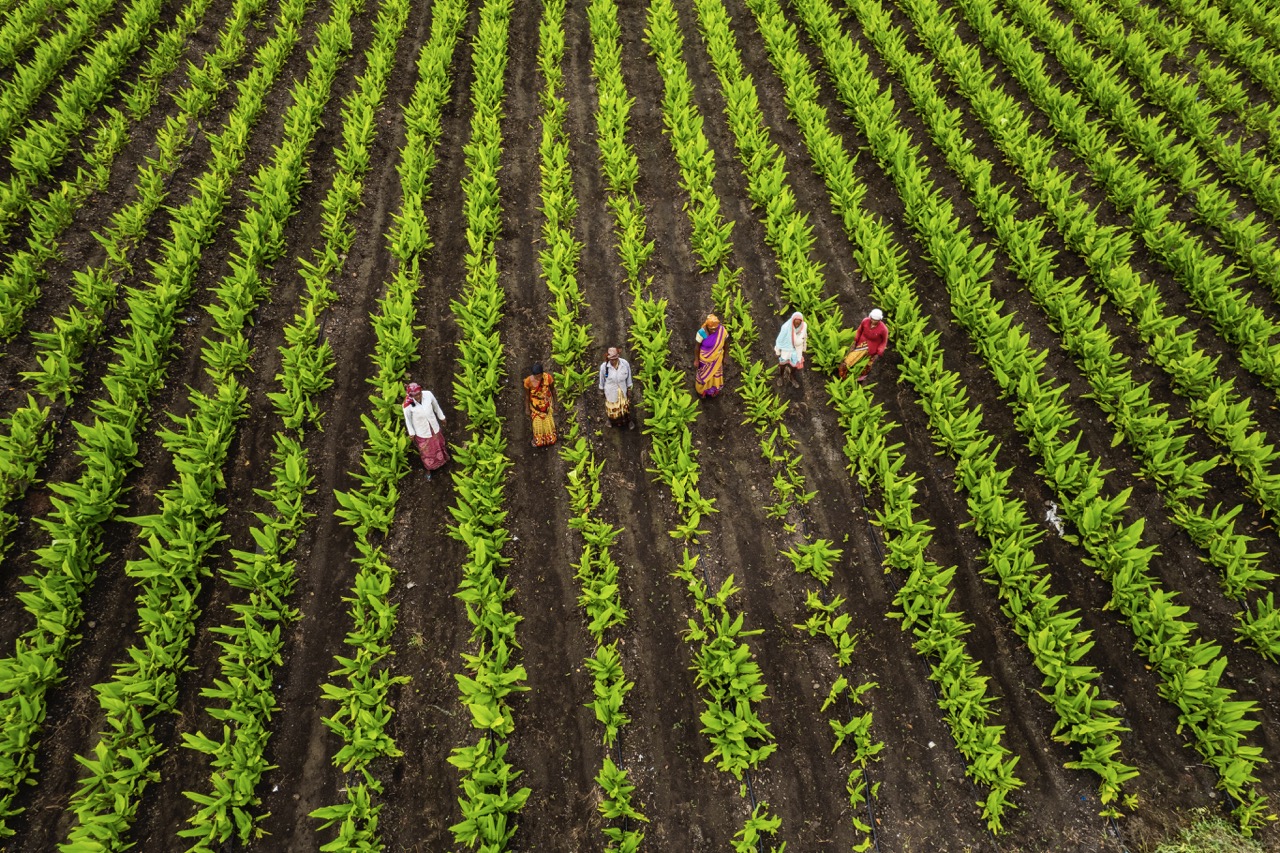Sharecropping has long been a method for landowners and farmers to share resources and profits, especially in agricultural sectors where access to land is a critical barrier. However, successful sharecropping agreements hinge on the establishment of realistic expectations among all parties involved. Misaligned expectations can lead to disputes, financial losses, and even the collapse of the agreement itself. This article will explore how to set realistic expectations in sharecropping agreements, focusing on understanding the basics, recognizing key influencing factors, fostering clear communication, and mitigating risks.
Understanding the Basics of Sharecropping Agreements
Sharecropping agreements are contracts that delineate the relationship between landowners and farmers. Typically, the landowner provides land and resources, while the farmer cultivates crops and shares a portion of the profits with the landowner. The details of these agreements, including profit-sharing ratios, responsibilities, and resource allocation, must be clearly defined to avoid misunderstandings. A thorough understanding of the agreement’s terms allows both parties to enter into the relationship with clarity and purpose.
Historically, sharecropping has roots in post-Civil War America as a means to provide economic opportunities for freed slaves. Over time, the practice has evolved but still retains core principles that demand fairness and clear expectations. It is crucial for both parties to comprehend their rights and obligations. This foundational knowledge empowers them to negotiate terms that reflect their respective capacities and aspirations, thus setting the stage for a successful partnership.
The legal framework surrounding sharecropping can vary significantly by region, making it essential for both parties to familiarize themselves with local laws and regulations. Consulting a legal expert can help in drafting an agreement that complies with statutory requirements and protects the interests of both landowners and farmers. By laying this groundwork, parties can cultivate a more productive and harmonious relationship that benefits everyone involved.
Key Factors Influencing Realistic Expectations in Farming
Several factors can significantly influence the expectations set in sharecropping agreements. One of the most critical is the type of crop being cultivated. Different crops have varying growth cycles, market demands, and financial returns, which can affect profitability. For instance, perennial crops like fruit trees may require a longer investment horizon, while annual crops like corn or wheat can yield faster returns. Understanding these dynamics allows both parties to establish expectations that account for the realities of agricultural production.
Weather conditions also play a crucial role in shaping expectations. Climate variability can impact crop yields, leading to potential discrepancies between projected profits and actual returns. Landowners and farmers must consider historical weather patterns and current meteorological forecasts when setting expectations. By doing so, they can better prepare for adverse conditions that may affect both production and profitability.
Lastly, market trends should be taken into account when establishing expectations. The agricultural market is influenced by a myriad of factors, including consumer demand, commodity prices, and international trade policies. Sharecroppers must stay informed about these trends to set realistic financial projections. Regularly reviewing market conditions and adapting expectations accordingly will ensure that both parties remain aligned and can navigate the inherent uncertainties of farming together.
Strategies for Clear Communication Between Parties Involved
Effective communication is paramount in establishing realistic expectations in sharecropping agreements. Both parties should engage in open discussions about their goals, concerns, and limitations. Setting regular meetings can facilitate ongoing dialogue, allowing for adjustments to the agreement as conditions change. This proactive communication approach fosters trust and ensures that both the landowner and farmer feel heard and valued.
Moreover, using clear, unambiguous language in contracts is essential to avoid confusion. Both parties should work collaboratively to draft an agreement that outlines specific responsibilities, timelines, and financial arrangements. Legal jargon can be a barrier to understanding; therefore, using plain language can help bridge communication gaps and promote clarity. Both parties should also have access to the same information, ensuring transparency about crop management practices, financial records, and any potential risks.
Lastly, employing a mediator can be beneficial in promoting clear communication, especially when conflicts arise. A neutral third party can facilitate discussions, helping to navigate sensitive topics and ensuring that both sides feel understood. By fostering an environment conducive to open dialogue, parties can address concerns before they escalate into larger issues, ultimately leading to stronger, more realistic expectations in the sharecropping relationship.
Mitigating Risks: Balancing Expectations and Realities
The agricultural landscape is inherently fraught with risks, including market fluctuations, pest infestations, and unpredictable weather. To set realistic expectations, both parties must acknowledge these risks and develop contingency plans. This proactive approach can include crop insurance, diversification of crops, or implementing sustainable farming practices that reduce vulnerability to environmental factors. By collectively identifying potential risks, landowners and farmers can create a more resilient sharecropping arrangement.
Additionally, establishing a performance review system can help in balancing expectations with realities. Regular assessments of crop yields, financial performance, and the effectiveness of agricultural practices allow both parties to recalibrate their expectations based on current circumstances. These reviews can facilitate timely adjustments to the agreement, keeping both parties aligned and reducing the likelihood of disputes. This dynamic approach encourages continuous improvement and adaptation.
Finally, fostering a culture of risk-sharing can mitigate the impact of unforeseen challenges. By agreeing to share certain losses or costs, both parties can buffer against the financial shocks that may arise from adverse conditions. This collaborative approach not only strengthens the relationship between landowners and farmers but also enables them to navigate the complexities of agriculture more effectively. By embedding risk management into the foundation of their agreement, parties can enhance the sustainability and profitability of their sharecropping arrangement.
Setting realistic expectations in sharecropping agreements is vital for fostering a successful partnership between landowners and farmers. By understanding the basics of these agreements, acknowledging the key factors that influence expectations, prioritizing clear communication, and developing strategies to mitigate risks, both parties can navigate the complexities of agricultural production more effectively. As the agricultural industry continues to evolve, embracing these principles will empower landowners and farmers to build resilient, productive, and harmonious sharecropping relationships.









